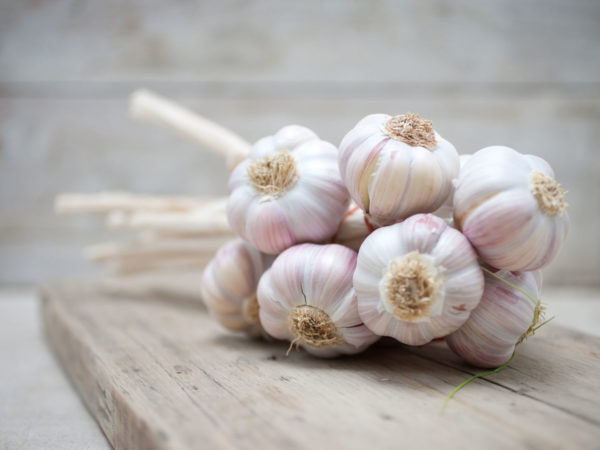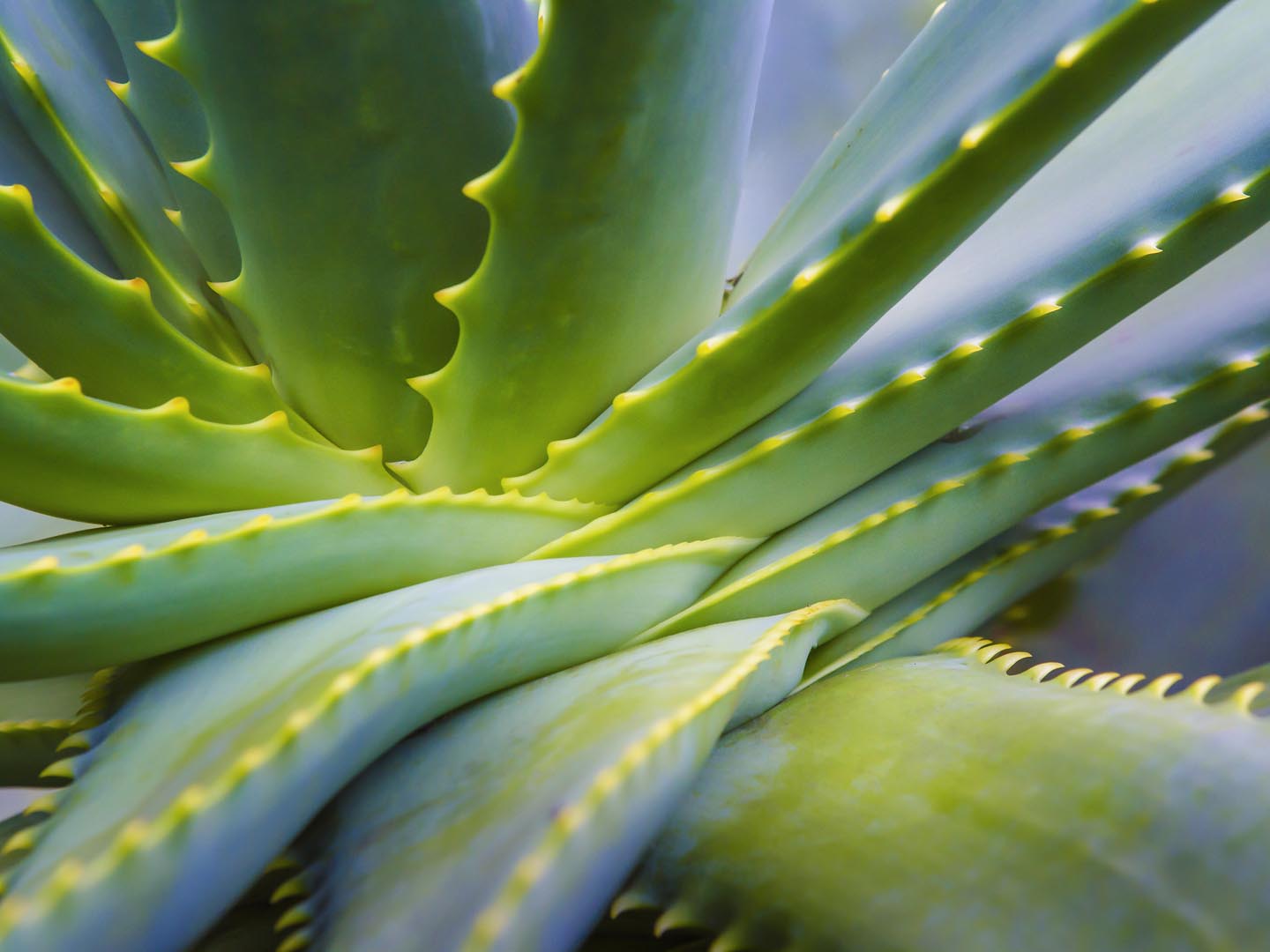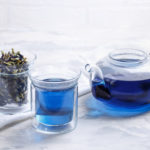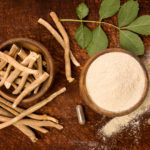Garlic

Allium sativum
Garlic has been used for thousands of years by cultures worldwide as both food and medicine. It is a member of the lily family, which includes many well-known edibles including onions, chives, shallots and leeks. Garlic is easy to grow, and thrives in virtually any mild climate. China grows about 75 percent of the world’s garlic. Most American production happens near the California city of Gilroy, which calls itself “Garlic Capital of the World.”
Used for:
Garlic contains several compounds that possess antibacterial, antifungal and antiviral properties, earning it the nickname “poor man’s penicillin.” Eating garlic may reduce the frequency and number of colds when taken for prevention, while some evidence supports the topical use of garlic for fungal infections like ringworm and athlete’s foot. Garlic has been researched for beneficial effects on cardiovascular health including addressing high cholesterol, atherosclerosis, and high blood pressure. It has also been tried for treating bacterial and fungal infections.
According to a Natural Medicines Comprehensive Database review, garlic is rated as “possibly effective” for high blood pressure; atherosclerosis; tick bites; colon, rectal and stomach cancer prevention; and fungal infections of the skin.
Available in:
Raw whole bulbs, diced or crushed cloves in oil, dehydrated powder, flavored oil, and extracts in tablets, capsules or tinctures.
Herb / drug interactions:
Garlic may thin the blood. It should be discontinued seven days before surgery and should be used cautiously if taking anti-coagulant medications such as warfarin (Coumadin) and clopidogrel (Plavix).
Other safety concerns:
Garlic might decrease the effectiveness of some medications used for HIV/AIDS including nevirapine (Viramune), delavirdine (Rescriptor), and efavirenz (Sustiva). Taking garlic along with saquinavir (Fortovase, Invirase) might decrease the effectiveness of this drug.
When buying:
Buy fresh raw garlic, organic when possible. Choose commercial products that are standardized for allicin content.
Dosage:
Follow directions on the package.
Child dosage:
Follow directions on package for children.
Dr. Weil says:
I am a great fan of garlic, both as a medicine and culinary staple, and consume it daily. How you prepare garlic has a drastic impact on its health benefits: to get the most benefits from fresh garlic, chop, slice or mash the cloves and then let them sit for 10 minutes, away from heat, before cooking. This allows the allicin – the active component of garlic – to form, as it needs air to do so. Once the allicin is formed, it does not deteriorate while cooking.
Take two cloves of raw garlic at the first sign of a cold. Mash them or chop finely and mix with food, or cut cloves into chunks and swallow them whole like pills (if you don’t chew, the garlic won’t stay on your breath). Also, take two cloves per day for chronic or recurrent yeast infections or low resistance to infection.
Learn more about garlic in Dr. Weil’s healthy kitchen and watch a video about garlic.
SOURCES:
Garlic, Herbs at a Glance, National Center for Complementary and Alternative Medicine, Accessed January 10, 2014: http://nccam.nih.gov/health/garlic/ataglance.htmGarlic. Natural Medicines Comprehensive Database Consumer version. Stockton, CA: Therapeutic Research Faculty, Updated February 10, 2013, accessed January 7, 2014 at http://naturaldatabaseconsumer.therapeuticresearch.com/nd/Search.aspx?cs=NONMP&s=NDC&pt=100&id=300&fs=NDC&searchid=44625948
Reviewed by Tieraona Low Dog, M.D., January 22nd, 2014.









